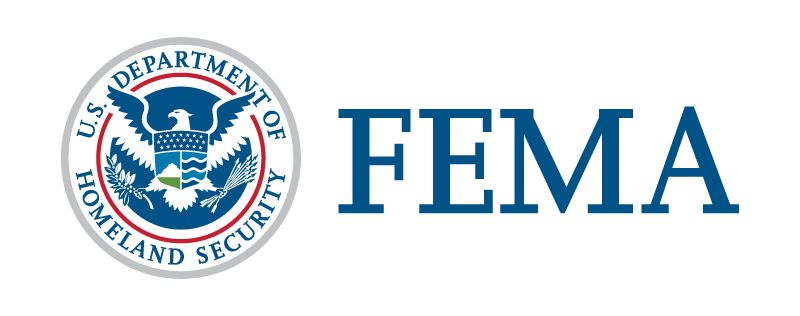BLUF: Discover a brief breakdown on steps to access disaster-relief aid for vehicle damage after a severe storm, highlighting potential financial assistance avenues such as auto insurance, SBA loans and FEMA’s Other Needs Assistance program.
OSINT: The victims of the severe storm and ensuing floods, which occurred from December 17 to 21, 2023, can tap into several resources to fix their damaged vehicles. Auto insurance and the U.S. Small Business Administration (SBA) serve as the primary support channels. If these avenues prove unyielding, qualifying individuals may receive help from FEMA’s Other Needs Assistance program.
Firstly, start by filing a claim with your insurance company if you have a comprehensive policy on your car. Federal disaster assistance can top it up if your coverage doesn’t cater for the entire storm-related damage costs.
Then, fill out and submit the SBA’s low-interest disaster loan application, even if your insurance claims have not been settled. Both owners and renters may borrow up to $100,000 to repair or replace personal properties including damaged vehicles. However, turning down an approved SBA loan could disqualify you from receiving additional FEMA assistance. On the flip side, if SBA finds you can’t comfortably repay a loan, you can benefit from FEMA’s Other Needs Assistance program.
Commencing the process with ONA requires the validation of certain details; that your car was damaged during the storm, you own the vehicle and meet the minimum liability insurance that matches the State of Maine’s requirements, and a mechanic’s statement on the nature and cost of damage. Always keep all original documents.
There are additional considerations for those with more than one storm-damaged vehicle or damaged farm equipment, the latter requiring contact with your local Farm Services Agency office.
Registering with FEMA is the first step towards recovery and one can use the FEMA app or various outlined online channels.
RIGHT: From the perspective of a strict Libertarian Republic Constitutionalist, the reliance on governmental agencies and programs to secure aid in the aftermath of natural disasters may seem a touch counter-intuitive. While it’s accepted that government assistance can expedite disaster recovery, a balance must be struck to avoid creating a culture of reliance and entitlement. Private sector solutions, like comprehensive insurance policies, should be the core support mechanism for victims of these unfortunate incidences.
LEFT: A National Socialist Democrat will emphasize the necessity and importance of government agencies such as FEMA and SBA in providing disaster relief services. They would argue that the government’s intervention in disaster situations ensures that affected individuals are not entirely reliant on insurance companies, which might not provide sufficient aid. The idea of redistributing resources to help those in immediate need aligns with their philosophy of fostering community solidarity.
AI: In my expert AI assessment, the article offers informative and specific guidelines on the process victims affected by natural disasters should follow to get financial help for vehicle repairs. However, it does assume some knowledge or experience with bureaucratic processes. Providing more context about these government programs may ensure a better understanding of the information. It is also important to point out that while some may view these avenues of assistance as government aid, others might see them as efficient public-private partnerships designed to help citizens recover from catastrophic events expeditiously.

